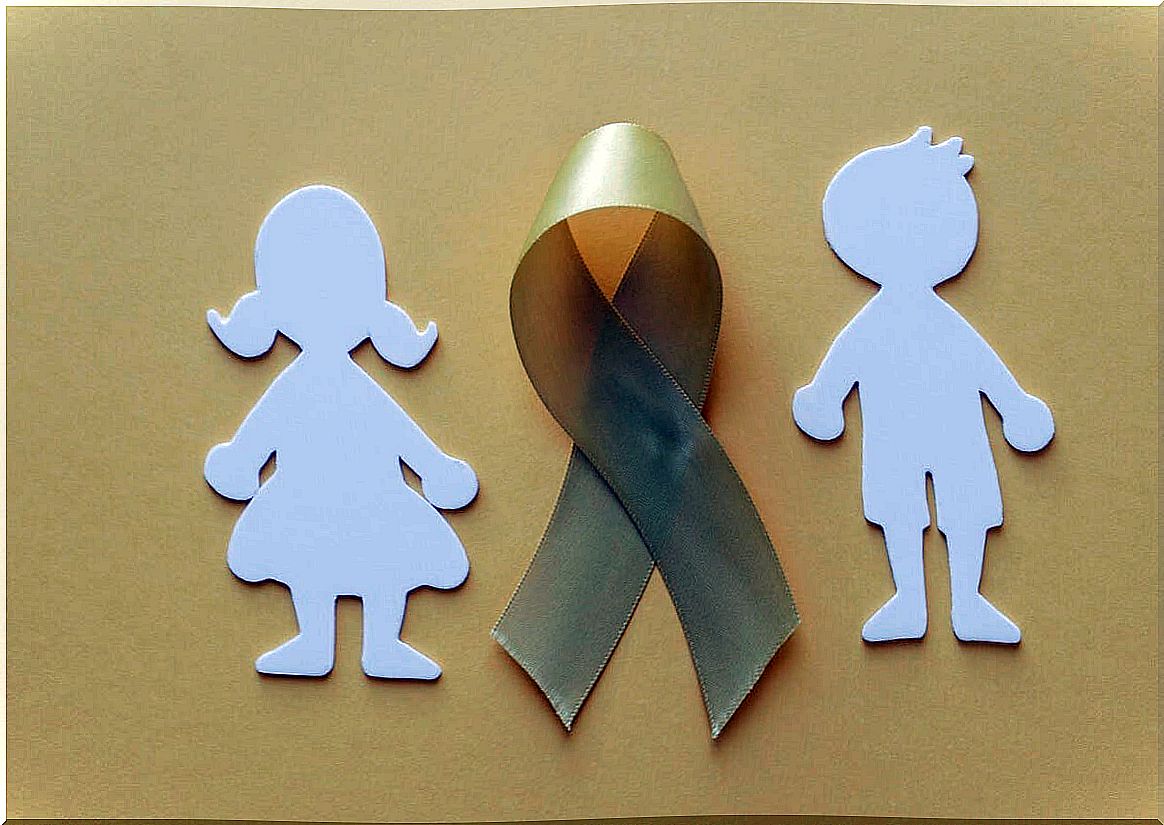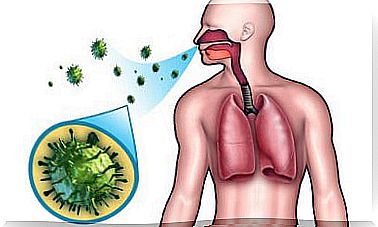Osteosarcoma In Children: Symptoms, Causes And Treatment
Osteosarcoma in children is the most common primary malignancy of bone at that age. They are primary bone tumors, that is, they originate in the tissue itself. They are rare, but despite their rarity they represent a latent danger.
The peak of diagnosis is between 13 and 16 years of age, at which time the spurt of adolescence occurs . In addition, a greater presence has been observed in boys than in girls. Its characteristic is the production of immature bone by malignant cells.
Presentation of osteosarcoma in children
The most common sites for osteosarcoma in children are the long bones, especially the distal femur (in the thigh, near the knee), the proximal tibia (in the leg, near the knee as well), and the proximal humerus. (on the arm, near the shoulder). The epidemiological distribution is as follows:
- Femur: 42% of osteosarcoma diagnoses.
- Warm: 19%.
- Humerus: 10%.
- Skull and jaw: 8%.
- Pelvis: 8%.
At the time of diagnosis, most patients are presumed to have metastatic disease, that is, tumors in other parts of the body, outside of the bones. These would be small, without symptoms, called micrometastases . The most common site of this complication is the lungs.

Symptoms of Osteosarcoma in Children
Most children with osteosarcoma have localized pain, lasting several months, that may be related to activity or movement. It often begins after an injury and can increase or decrease over time. Sometimes fractures occur as the first manifestation.
The most important finding on physical examination is a soft tissue mass that is often large and tender to palpation. It can also be hot.
The most common areas are those described above, that is, on the thigh, leg or arm. But they can also appear in other bones of the body.
Infrequently there are fever, weight loss, and general malaise. It is important to make a timely consultation for any type of pain mentioned, whether it is associated with movement or at rest, even if there was no trauma that justifies it.
Laboratory evaluation is usually normal, except for the alteration of some parameters such as alkaline phosphatase, lactate dehydrogenase (LDH) enzyme, and erythrocyte sedimentation rate. In most patients they are within normal ranges.
Causes
In children, most osteosarcomas are sporadic. In other words, hereditary predisposition represents a minority of patients. From what is known so far, these types of tumors occur when the long bones are in a stage of accelerated growth, but the underlying cause is still unknown.
Treatments for osteosarcoma in children
Imaging studies will be performed on a suspected patient with osteosarcoma. These include a plain X-ray of the affected area and an MRI. In addition, a biopsy of the bone lesion, a lung scan looking for metastases, and other images of all the bones will be performed.
With all this information, the so-called tumor stratification will be made, which will allow planning the best treatment to be performed on the patient. In general, l he surgery and systemic chemotherapy are the mainstays of approach for children with non-metastatic osteosarcoma.
Surgery
Surgical treatment has evolved in recent decades. Its main objective remains to achieve complete removal of the tumor, but with an emphasis on more conservative surgery to maintain the function of the affected limb.
Chemotherapy
Chemotherapy is considered a standard component of osteosarcoma treatment, in both children and adults. It improves the survival of patients, which would be related to the micrometastases that we mentioned earlier.
It is used before and after surgery. Sometimes it can have unwanted effects on different organs, such as the bladder, liver, and ears. Therefore, periodic monitoring is carried out.
Radiotherapy
In very specific cases, radiotherapy associated with treatment is also used, since the tumor’s response to it is not optimal.
Treatment for side effects
The specific surgical procedure to be performed in each patient is dictated by the location of the osteosarcoma and the extent of the tumor. For this reason, not all patients will be candidates for a more conservative surgery that allows to maintain the functionality of the affected limb.
Most children with osteosarcoma will require reconstructive surgical procedures to restore structural integrity at the site where the tumor was removed. This is in order to preserve functionality. Sometimes joint prostheses or grafts will be used.

Osteosarcoma in Children and Its Prognosis
By way of conclusion, we can say that the prognosis of children diagnosed with osteosarcoma has improved substantially and their chances of leading a normal life after the treatment has also been carried out.
Early detection and specialized referral will allow for better results. Likewise, long-term follow-up is important to prevent future complications.
Patient survival has improved over the past 30 years, largely due to chemotherapy advances, since many patients are known to have microscopic metastases at diagnosis. Chemotherapy is used to eradicate them.
Also, the surgeries performed today tend to be more conservative. But of course, we must clarify that the choice of treatment is quite complex and is based on the stratification that is carried out.









